Home>Gardening & Outdoor>Landscaping Ideas>How Long Does Parvo Last In Grass
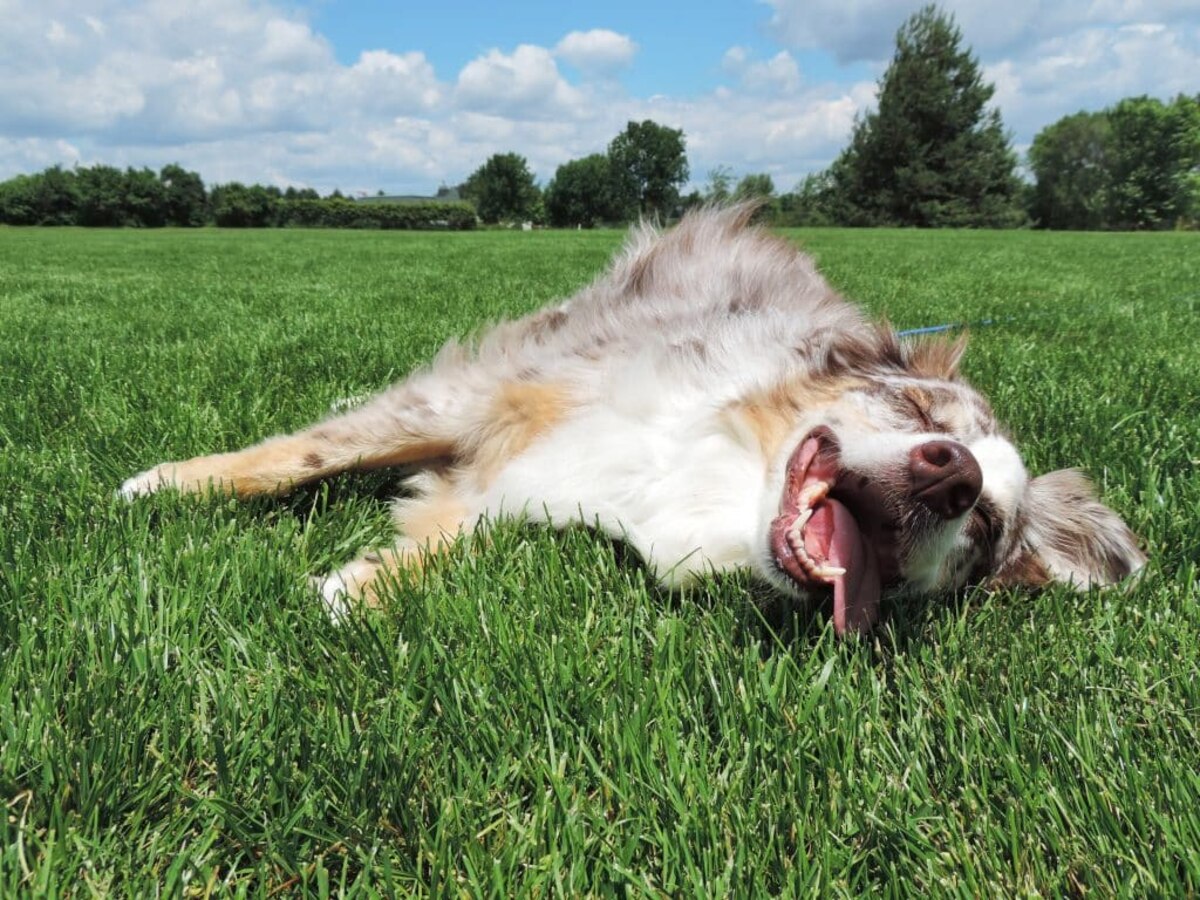

Landscaping Ideas
How Long Does Parvo Last In Grass
Published: January 27, 2024
Learn how long parvo can survive in your yard and get landscaping ideas to prevent the spread of the virus. Protect your pets with these tips!
(Many of the links in this article redirect to a specific reviewed product. Your purchase of these products through affiliate links helps to generate commission for Storables.com, at no extra cost. Learn more)
Introduction
When it comes to creating a beautiful and safe outdoor space, landscaping plays a crucial role. Whether you're a homeowner, a pet owner, or a landscaping enthusiast, the health and well-being of your furry companions are likely top priorities. However, there are potential threats lurking in outdoor environments, one of which is the parvovirus, commonly known as parvo. This highly contagious virus can survive in various environments, including grass, posing a risk to dogs and other susceptible animals.
Understanding the dynamics of parvo virus and its longevity in grass is essential for maintaining a safe and healthy outdoor environment for pets and wildlife. In this comprehensive guide, we will delve into the intricacies of parvo virus, explore how long it can persist in grass, and provide valuable insights into preventing parvo contamination in outdoor spaces. By gaining a deeper understanding of these factors, you can take proactive measures to safeguard your pets and contribute to the well-being of the community.
As we embark on this exploration, it's important to approach the topic with a sense of responsibility and empathy. Our outdoor spaces are not just landscapes; they are living ecosystems that intertwine with the lives of our beloved pets. By learning about parvo virus and its implications for grassy areas, we can make informed decisions and cultivate environments that promote health, happiness, and harmony for all creatures that share our world.
Key Takeaways:
- Parvo virus can survive in grass for up to a year, posing a risk to dogs. Vaccination, regular sanitation, and environmental management are crucial for preventing contamination and creating safe outdoor spaces.
- Collaboration with landscaping professionals and pet care experts can provide valuable guidance in implementing preventive measures. Responsible pet ownership and community awareness are essential for creating grassy areas that prioritize the health and safety of pets.
Read more: How Long Does Parvo Live In Grass
Understanding Parvo Virus
Parvo virus, scientifically known as Canine Parvovirus, is a highly contagious and potentially life-threatening virus that primarily affects dogs. This resilient virus belongs to the Parvoviridae family and manifests in two primary forms: intestinal and cardiac. The intestinal form, which is more prevalent, targets the gastrointestinal tract, leading to severe symptoms such as vomiting, diarrhea, dehydration, and lethargy. On the other hand, the cardiac form affects the heart muscles of young puppies, often resulting in sudden death.
The transmission of parvo virus occurs through direct contact with an infected animal or indirect exposure to contaminated objects and environments. The virus can persist in feces, soil, water, and other organic matter, posing a significant risk to unvaccinated or inadequately vaccinated dogs. Additionally, the resilience of parvo virus allows it to survive in various environmental conditions, contributing to its widespread prevalence and persistence.
Understanding the behavior and characteristics of parvo virus is crucial for implementing effective preventive measures and mitigating its impact on canine populations. By recognizing the modes of transmission and the resilience of the virus, pet owners, veterinarians, and landscaping professionals can collaborate to create safer outdoor environments for dogs and other susceptible animals.
In the context of landscaping and outdoor spaces, the presence of parvo virus in grass and soil underscores the importance of proactive measures to minimize the risk of contamination. By gaining a deeper understanding of the virus and its potential implications for outdoor environments, individuals can make informed decisions to protect their pets and contribute to the overall well-being of the community.
Through education, awareness, and responsible action, we can navigate the complexities of parvo virus and cultivate outdoor spaces that prioritize the health and safety of our beloved pets. This knowledge empowers us to create landscapes that not only showcase natural beauty but also serve as havens of protection and vitality for all creatures that share our living spaces.
How Long Can Parvo Last in Grass
Parvo virus, known for its resilience in various environments, can persist in grass for an extended period, posing a significant risk to dogs and other susceptible animals. The longevity of parvo virus in grass is influenced by several factors, including environmental conditions, temperature, and the presence of organic matter. Understanding these dynamics is essential for implementing effective preventive measures and minimizing the risk of contamination in outdoor spaces.
In favorable environmental conditions, such as moderate temperatures and adequate moisture, parvo virus can survive in grass for several months. The virus has been found to remain viable in soil and organic matter, including grass, for up to one year or longer under optimal circumstances. This prolonged viability underscores the potential for grassy areas to serve as reservoirs for parvo virus, especially in locations frequented by dogs and wildlife.
Moreover, the presence of fecal matter from infected animals can further contribute to the persistence of parvo virus in grass. When contaminated feces come into contact with grass and soil, the virus can adhere to the organic material, creating a reservoir for potential transmission. This scenario highlights the interconnectedness of environmental factors and the transmission dynamics of parvo virus in outdoor spaces.
It's important to note that while parvo virus can endure in grass for an extended period, the risk of transmission to dogs diminishes over time, particularly as environmental conditions fluctuate. Factors such as UV radiation from sunlight, changes in temperature, and natural degradation of organic matter can gradually reduce the viability of the virus in grass. However, the potential for transmission remains a concern, especially in areas where unvaccinated or inadequately vaccinated dogs may come into contact with contaminated grass.
Given the prolonged viability of parvo virus in grass and the potential risks associated with transmission, proactive measures are essential to mitigate the threat of contamination. By understanding the longevity of the virus in grass and its implications for outdoor environments, pet owners, veterinarians, and landscaping professionals can collaborate to implement strategies that minimize the risk of parvo transmission and create safer, healthier spaces for dogs and wildlife.
In summary, the persistence of parvo virus in grass underscores the need for vigilance and proactive management of outdoor environments. By recognizing the potential risks and taking informed action, individuals can contribute to the well-being of their pets and the broader community, fostering landscapes that prioritize health, safety, and harmony for all inhabitants.
Preventing Parvo Contamination in Grass
Preventing parvo contamination in grass is paramount for creating safe and healthy outdoor environments for dogs and other susceptible animals. By implementing proactive measures and responsible practices, individuals can significantly reduce the risk of parvo transmission and contribute to the well-being of their pets and the broader community.
Vaccination Protocols
Ensuring that dogs are appropriately vaccinated against parvo virus is a fundamental step in preventing contamination in grassy areas. Pet owners should adhere to recommended vaccination schedules and consult with veterinarians to ensure that their dogs receive adequate protection. By upholding vaccination protocols, individuals can bolster their pets' immunity against parvo virus, reducing the likelihood of transmission and contamination in outdoor spaces.
Read more: How Long Does Grass Seed Last
Regular Sanitation
Maintaining a regimen of regular sanitation in outdoor areas is essential for minimizing the risk of parvo contamination in grass. Prompt removal and proper disposal of pet waste, including feces, play a crucial role in preventing the spread of the virus. By promptly cleaning up after pets and ensuring that fecal matter is properly disposed of, individuals can mitigate the potential for parvo transmission and safeguard grassy areas from contamination.
Environmental Management
Implementing effective environmental management practices can contribute to reducing the risk of parvo contamination in outdoor spaces. This includes maintaining well-drained and properly ventilated grassy areas, which can help deter the persistence of the virus. Additionally, avoiding overcrowding of dogs in confined grassy spaces and promoting adequate airflow can contribute to minimizing the risk of parvo transmission.
Education and Awareness
Raising awareness about the implications of parvo virus and the importance of preventive measures is crucial for fostering responsible pet ownership and landscaping practices. By educating the community about the risks associated with parvo contamination in grass and promoting proactive strategies, individuals can collectively work towards creating safer outdoor environments for pets and wildlife.
Collaboration with Landscaping Professionals
Collaborating with landscaping professionals and pet care experts can provide valuable insights and guidance on implementing preventive measures to minimize parvo contamination in grass. By leveraging the expertise of professionals in landscaping and veterinary care, individuals can gain tailored recommendations for creating and maintaining outdoor spaces that prioritize the health and safety of pets.
By integrating these preventive measures into landscaping practices and pet care routines, individuals can contribute to the creation of outdoor environments that are resilient against parvo contamination. Through proactive management, responsible pet ownership, and community engagement, it is possible to cultivate grassy areas that promote the well-being and vitality of pets and wildlife, fostering a harmonious coexistence within our shared outdoor spaces.
Read more: How Long Does Fake Grass Last
Conclusion
In conclusion, the presence of parvo virus in grass and its potential implications for outdoor environments underscore the importance of proactive measures and responsible practices to safeguard the health and well-being of pets and wildlife. By gaining a deeper understanding of the dynamics of parvo virus and its longevity in grass, individuals can make informed decisions and take proactive steps to mitigate the risk of contamination.
The resilience of parvo virus in grass, with the potential to persist for several months under favorable conditions, highlights the need for vigilance and environmental management. Factors such as vaccination protocols, regular sanitation, and environmental maintenance play pivotal roles in minimizing the risk of parvo contamination in grassy areas. By adhering to recommended vaccination schedules, promptly removing pet waste, and implementing effective environmental management practices, individuals can contribute to creating safer outdoor spaces for dogs and other susceptible animals.
Furthermore, education and awareness are essential components of preventive strategies, as they empower the community to recognize the risks associated with parvo virus and collaborate on implementing proactive measures. By fostering a culture of responsible pet ownership and landscaping practices, individuals can collectively work towards cultivating outdoor environments that prioritize health, safety, and harmony for all inhabitants.
Collaboration with landscaping professionals and pet care experts further enhances the capacity to implement tailored preventive measures, leveraging specialized knowledge to create resilient and safe grassy areas. By engaging with experts in landscaping and veterinary care, individuals can gain valuable insights and guidance, ultimately contributing to the creation of outdoor spaces that are fortified against parvo contamination.
In essence, the longevity of parvo virus in grass serves as a call to action, prompting individuals to embrace responsible practices, proactive management, and community engagement. By integrating these principles into landscaping and pet care routines, it is possible to cultivate outdoor environments that not only showcase natural beauty but also serve as havens of protection and vitality for pets and wildlife.
Ultimately, the journey towards creating safe and healthy grassy areas is a collective endeavor, driven by knowledge, compassion, and a shared commitment to the well-being of all creatures that inhabit our outdoor spaces. Through informed action and responsible stewardship, individuals can contribute to landscapes that embody resilience, harmony, and a deep reverence for the interconnectedness of life within our natural surroundings.
Frequently Asked Questions about How Long Does Parvo Last In Grass
Was this page helpful?
At Storables.com, we guarantee accurate and reliable information. Our content, validated by Expert Board Contributors, is crafted following stringent Editorial Policies. We're committed to providing you with well-researched, expert-backed insights for all your informational needs.
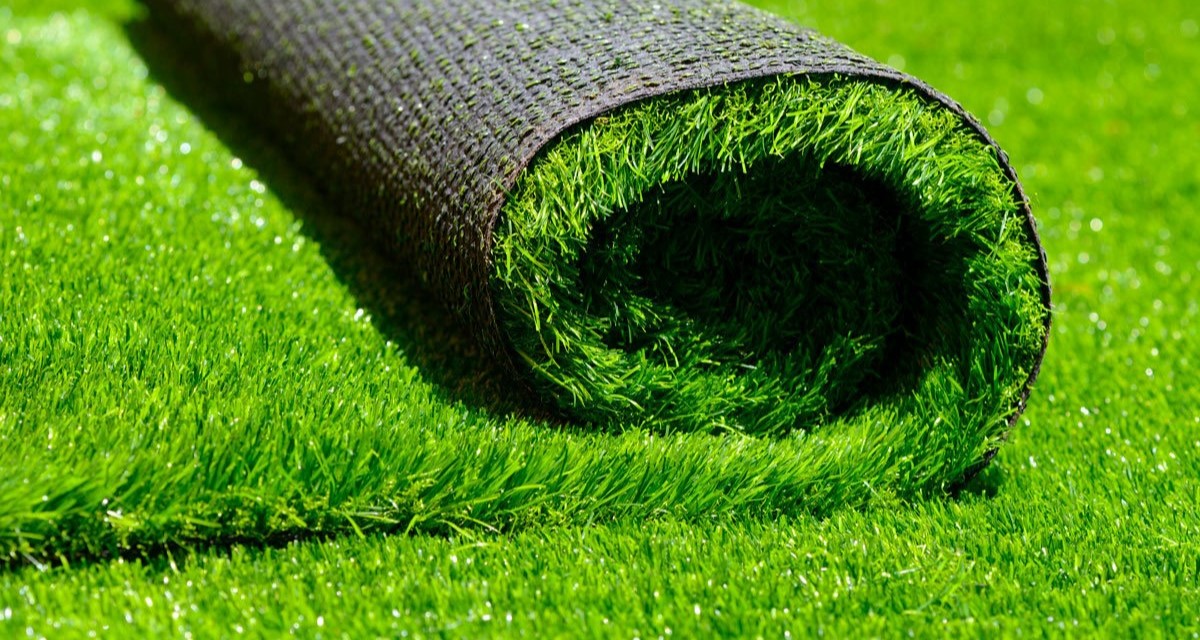
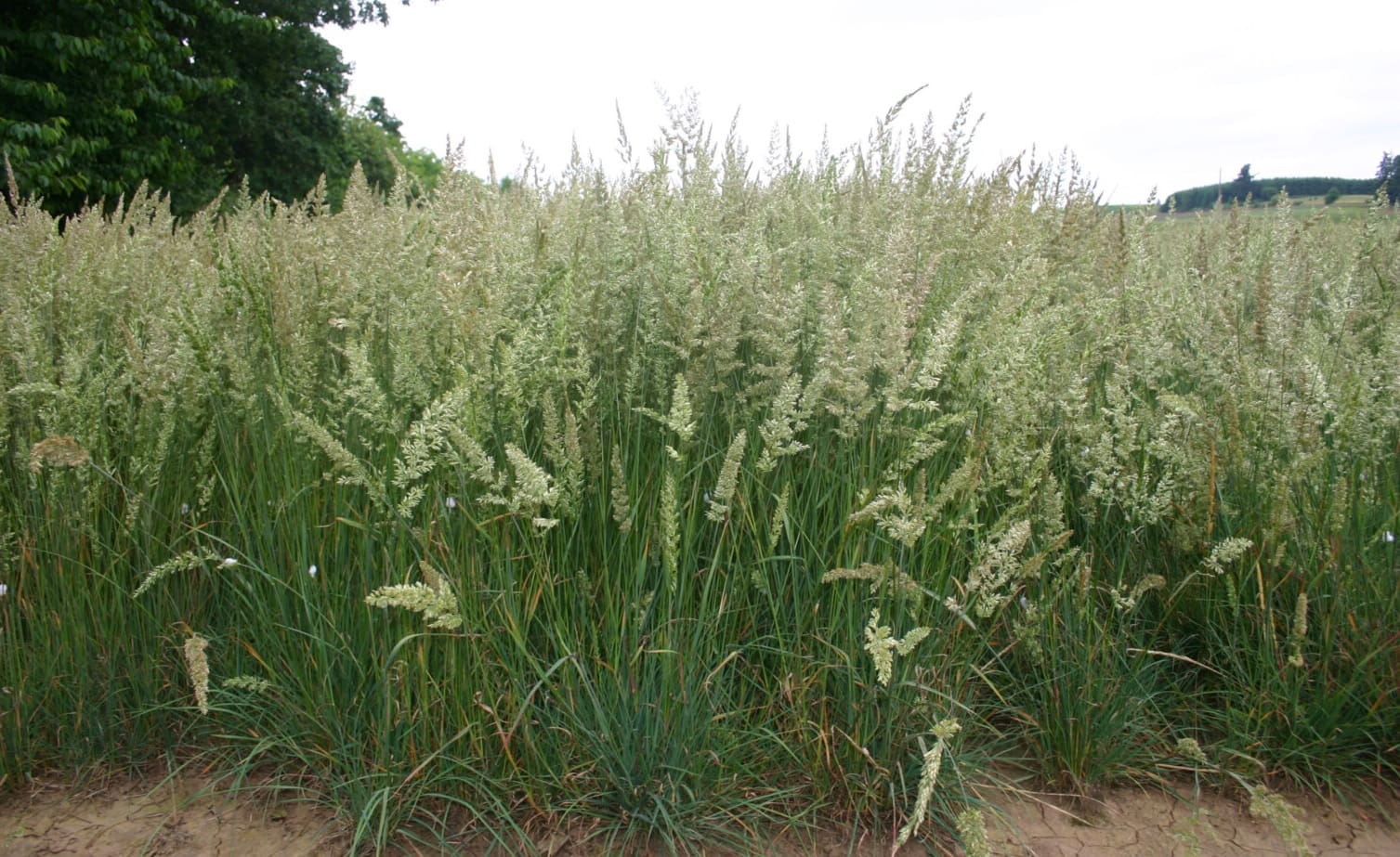
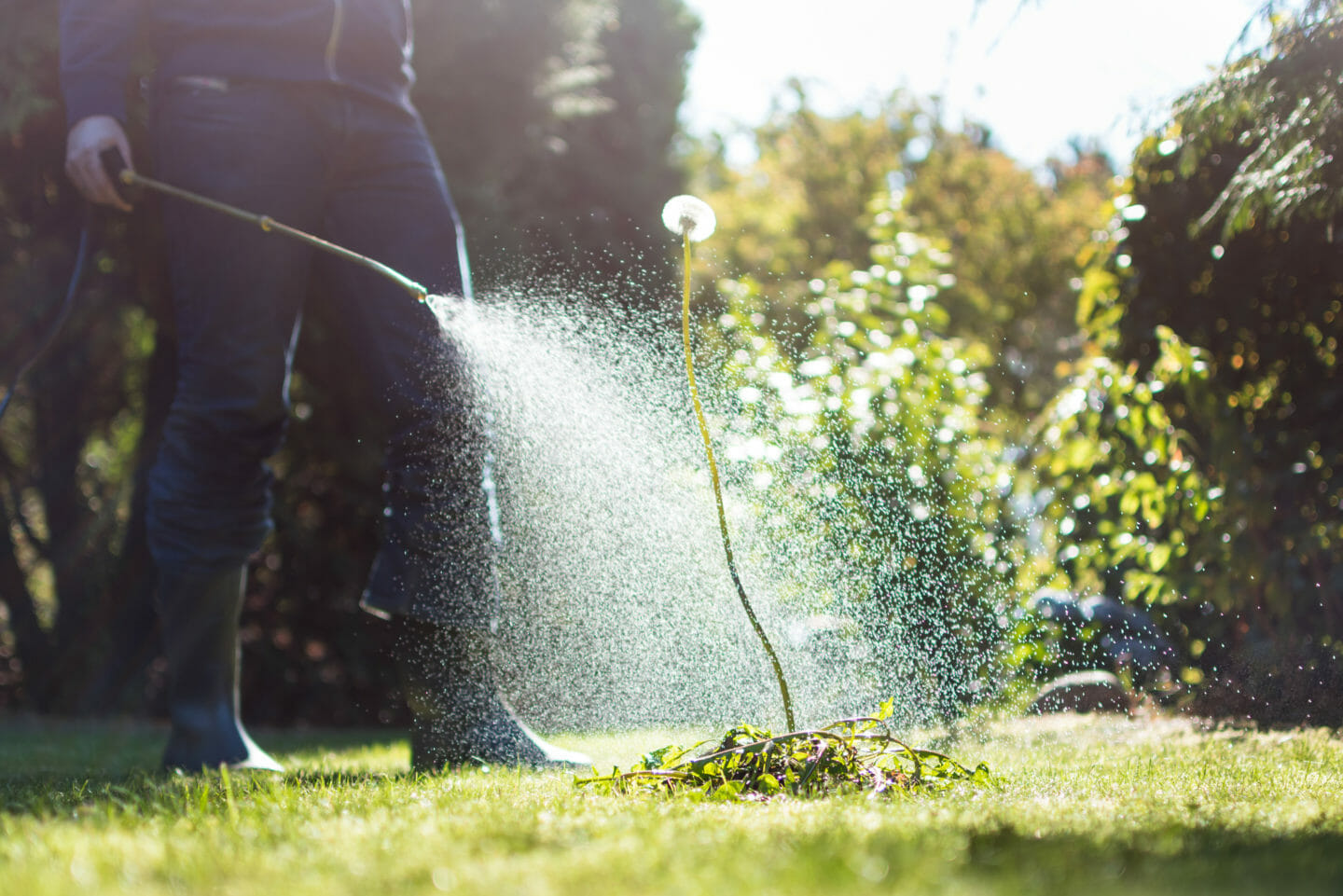
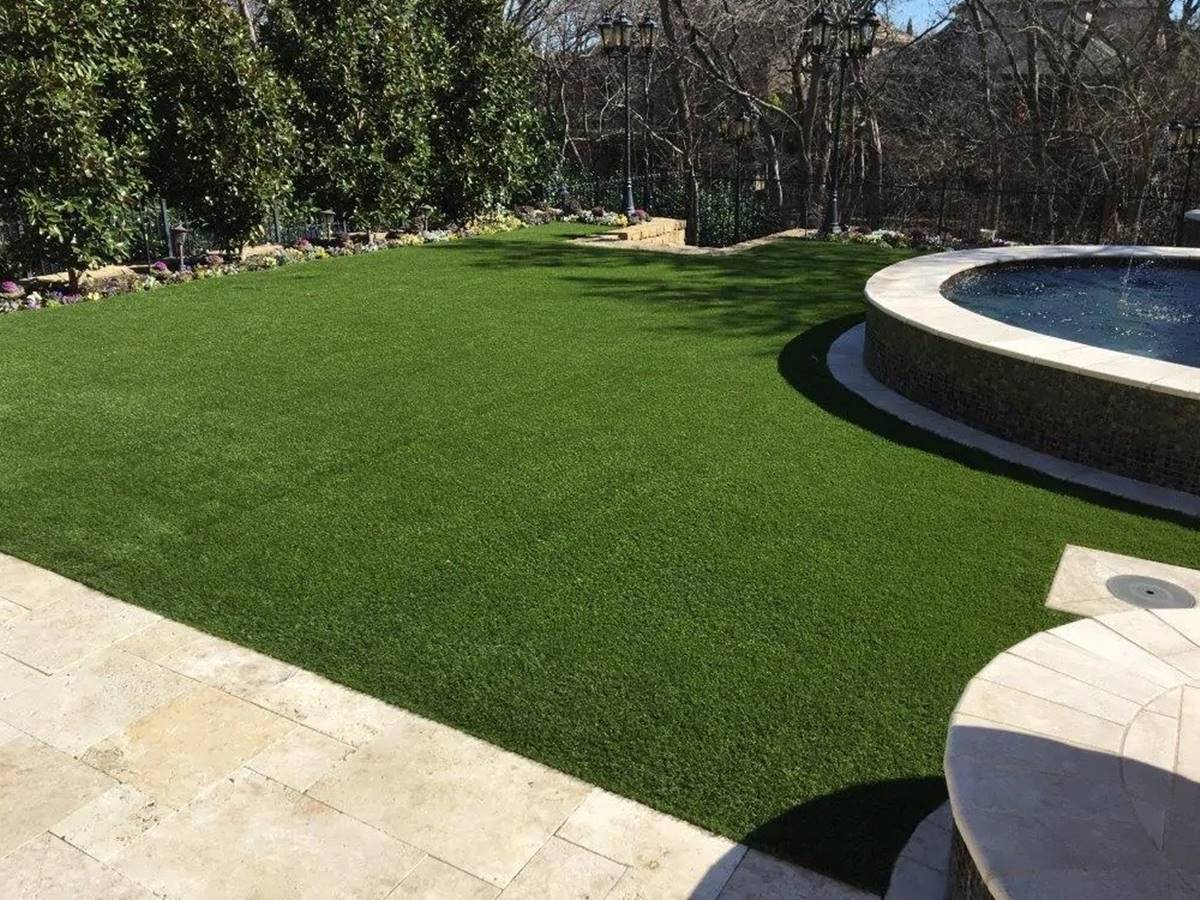
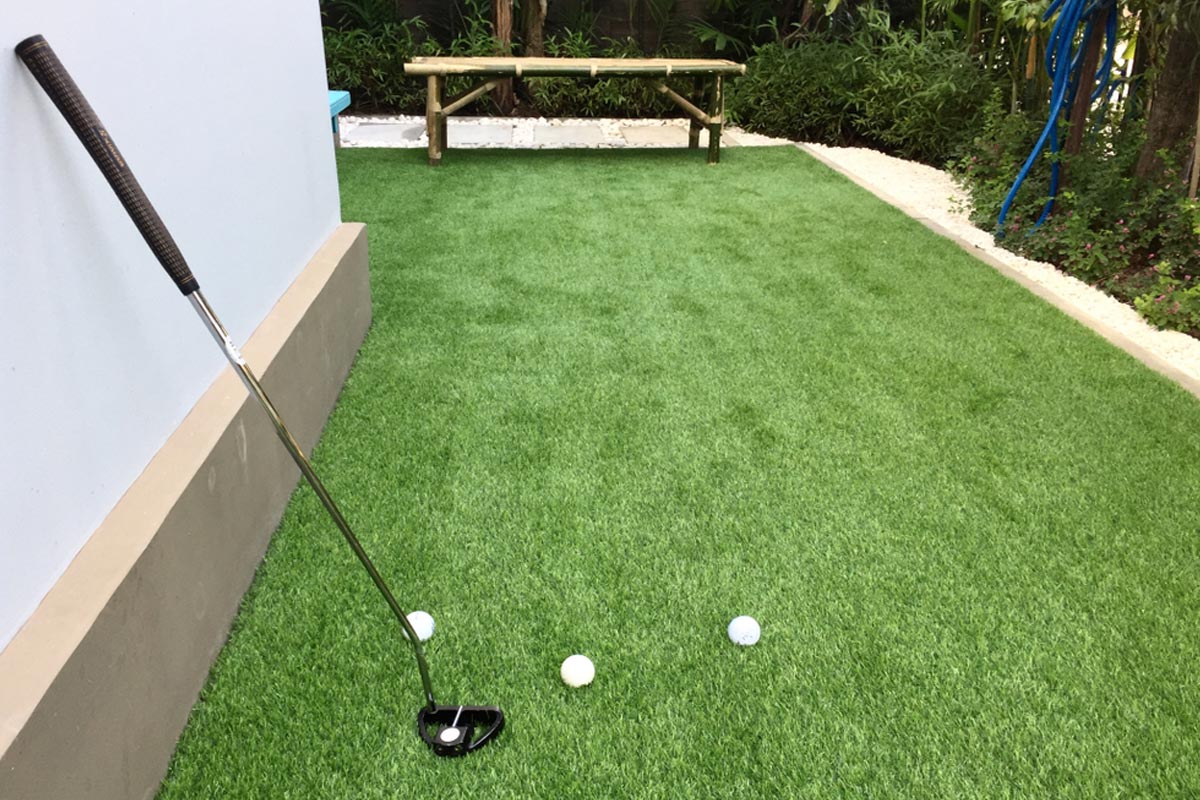
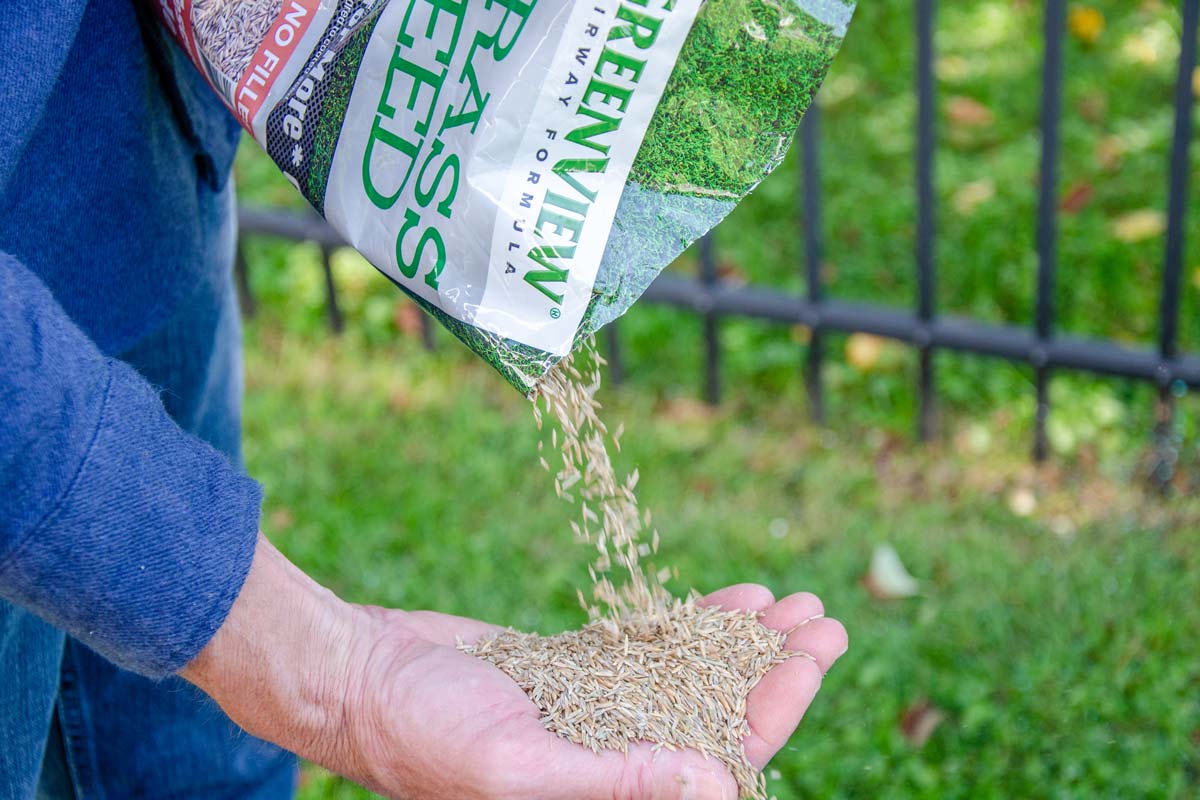



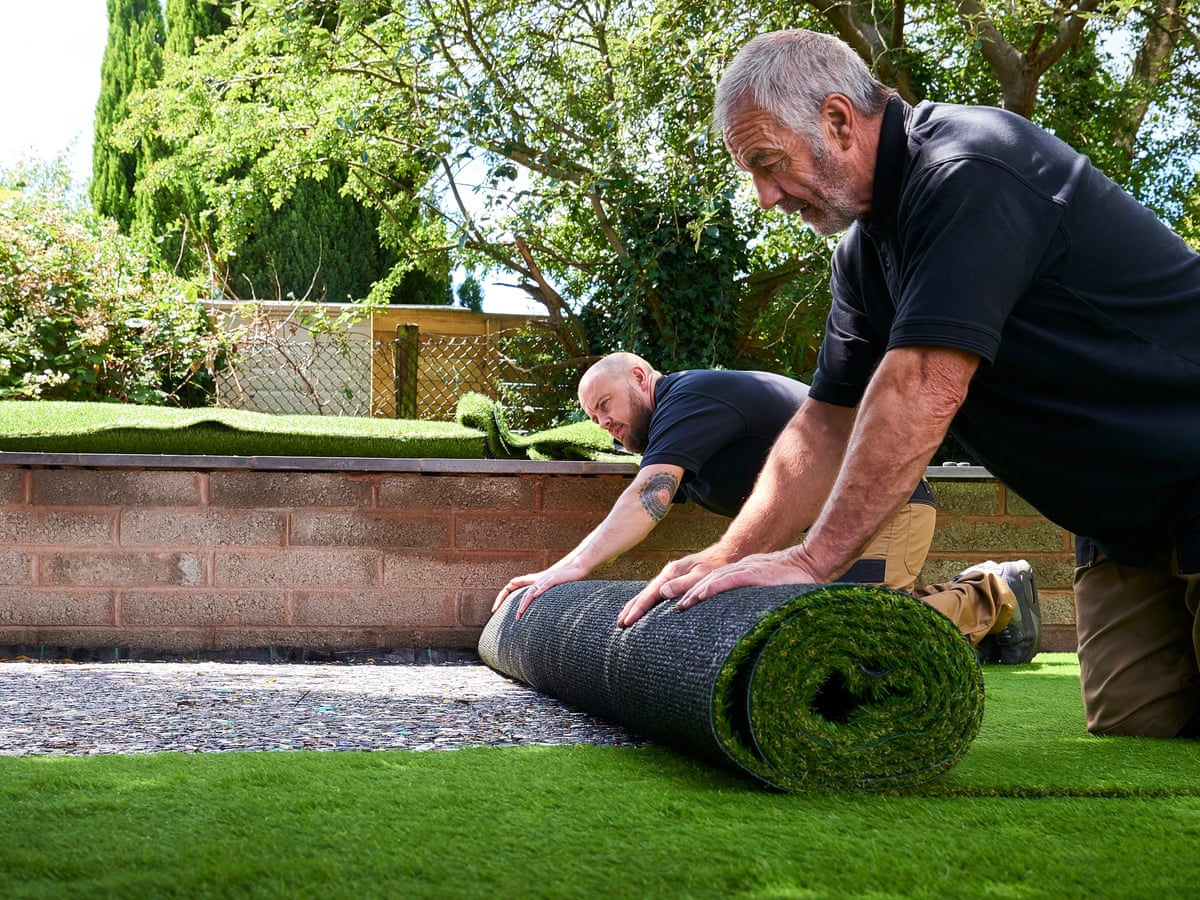
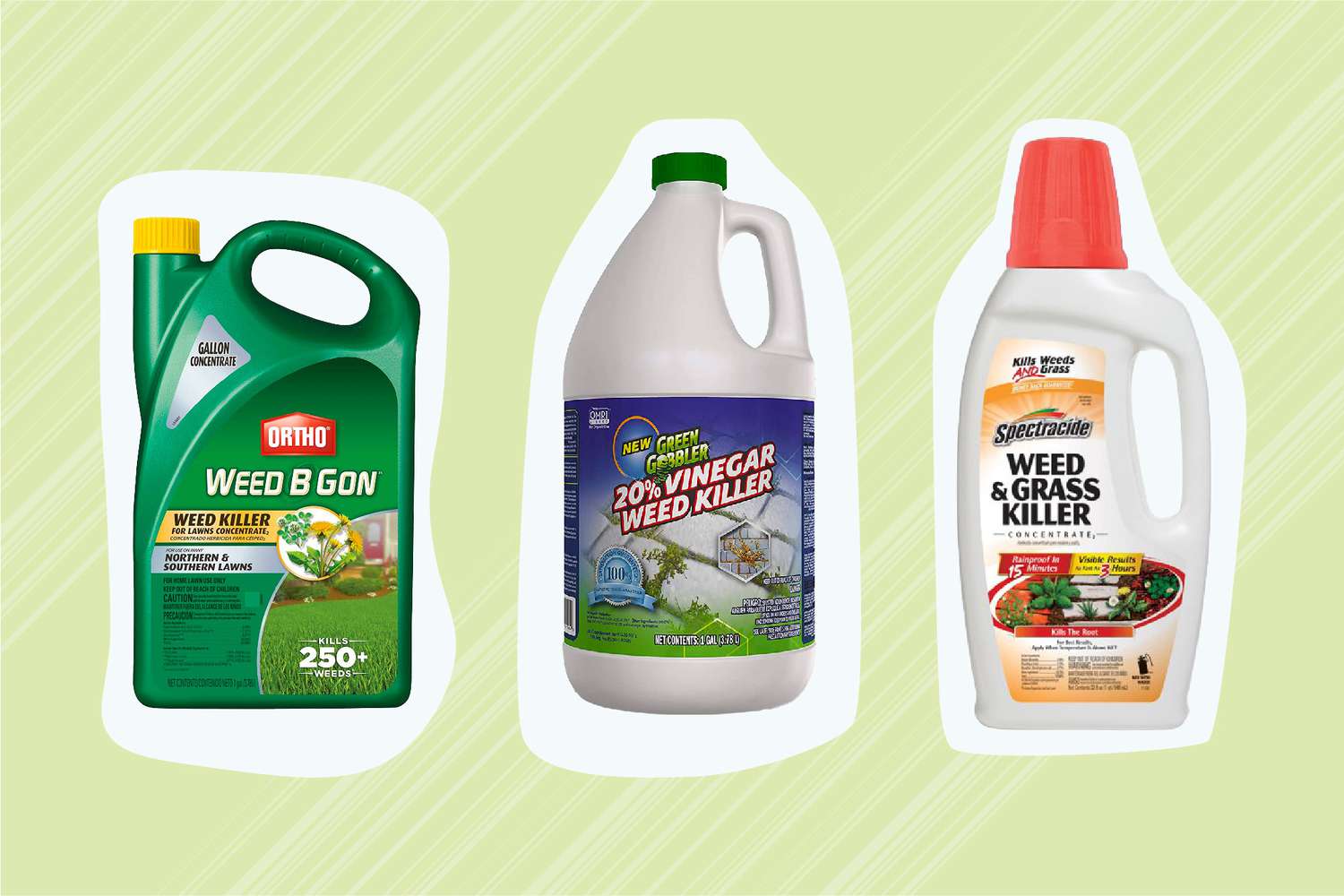
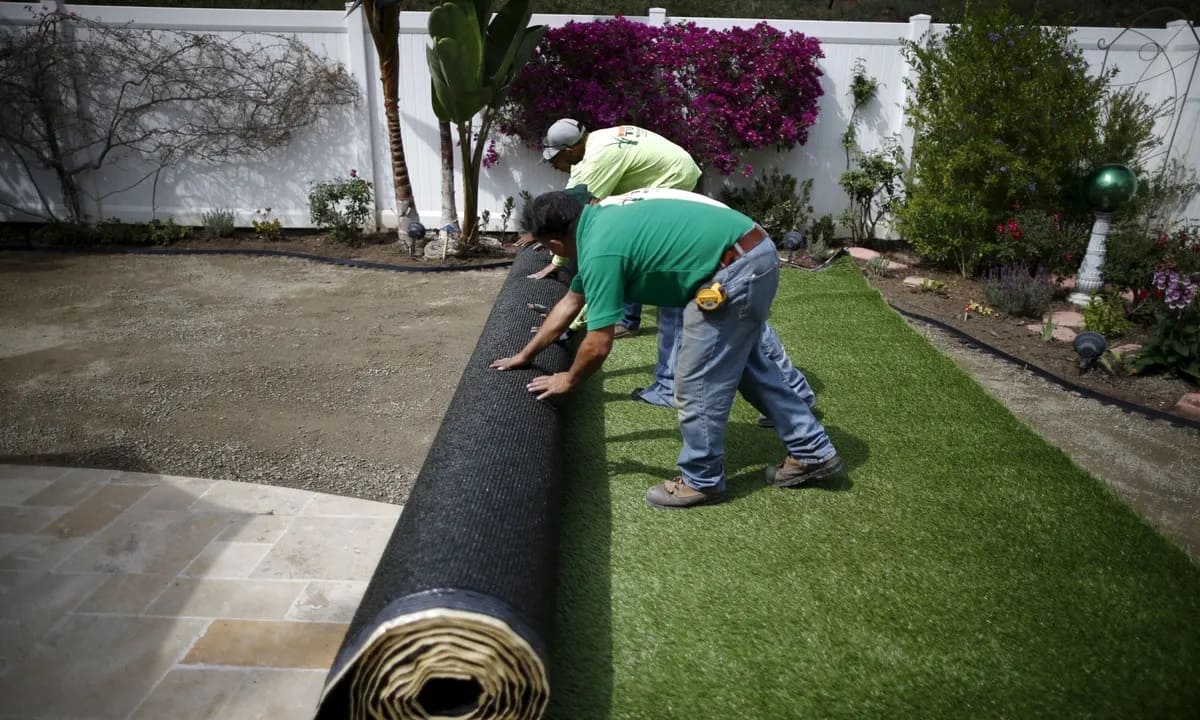
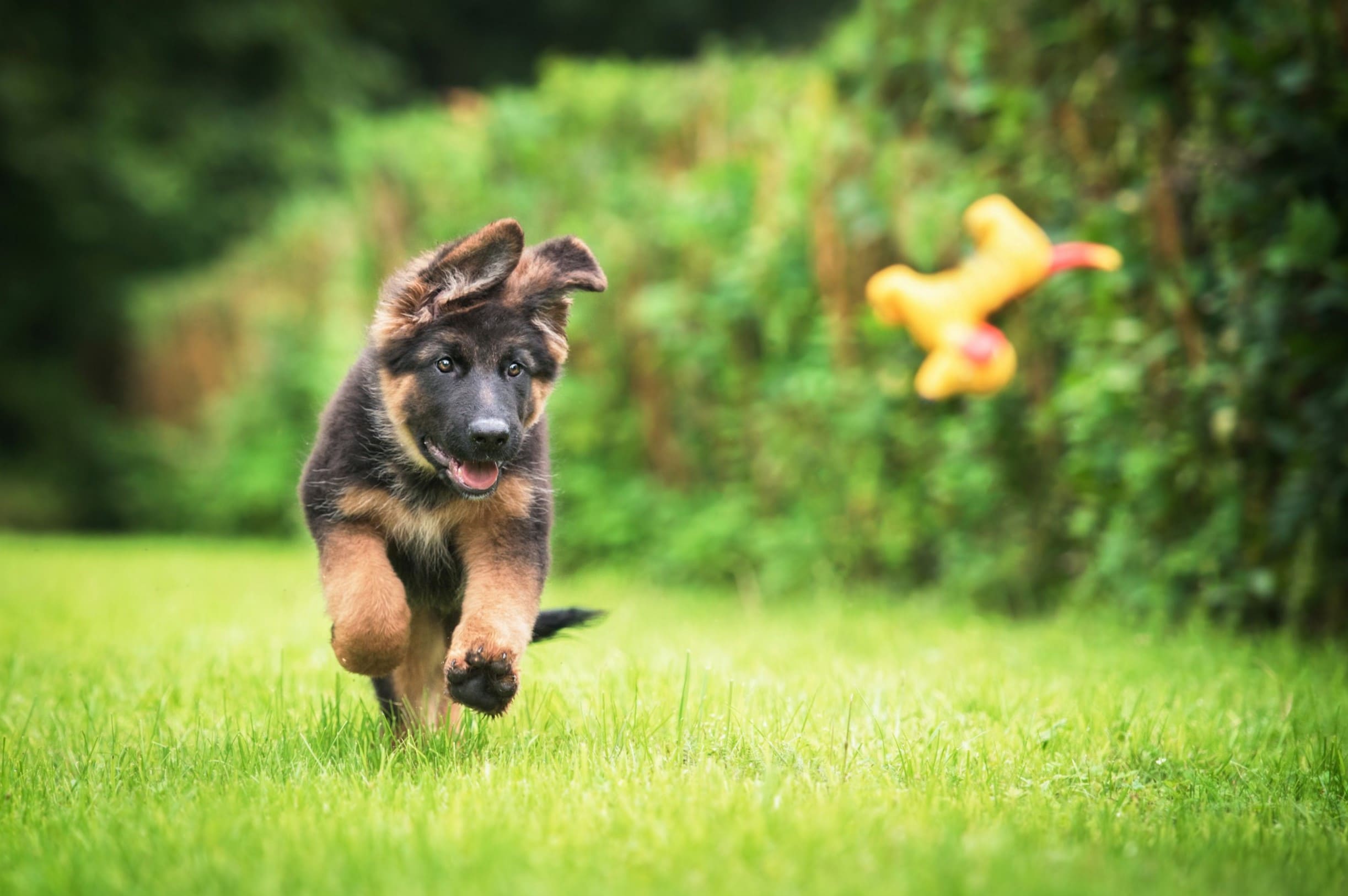

0 thoughts on “How Long Does Parvo Last In Grass”